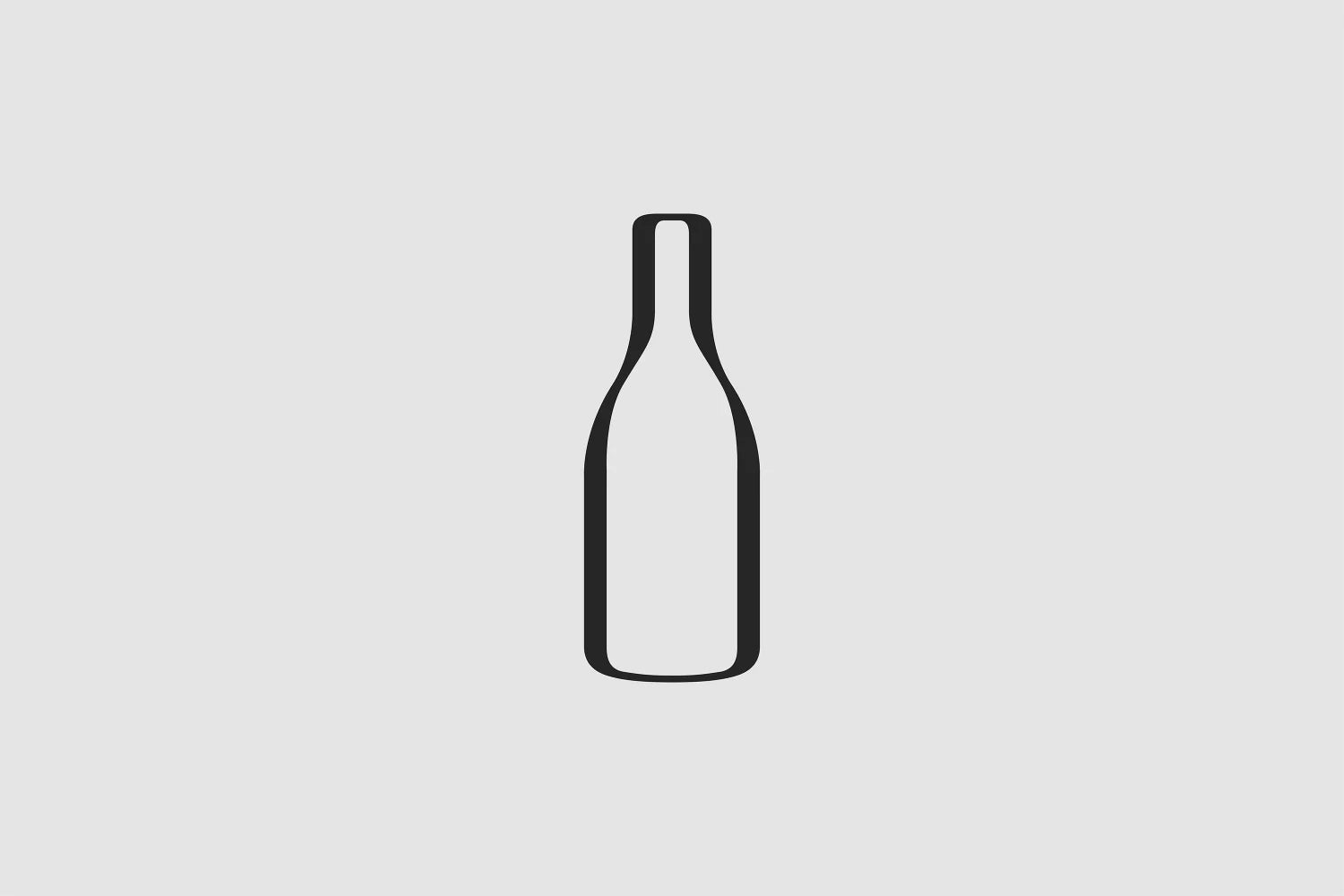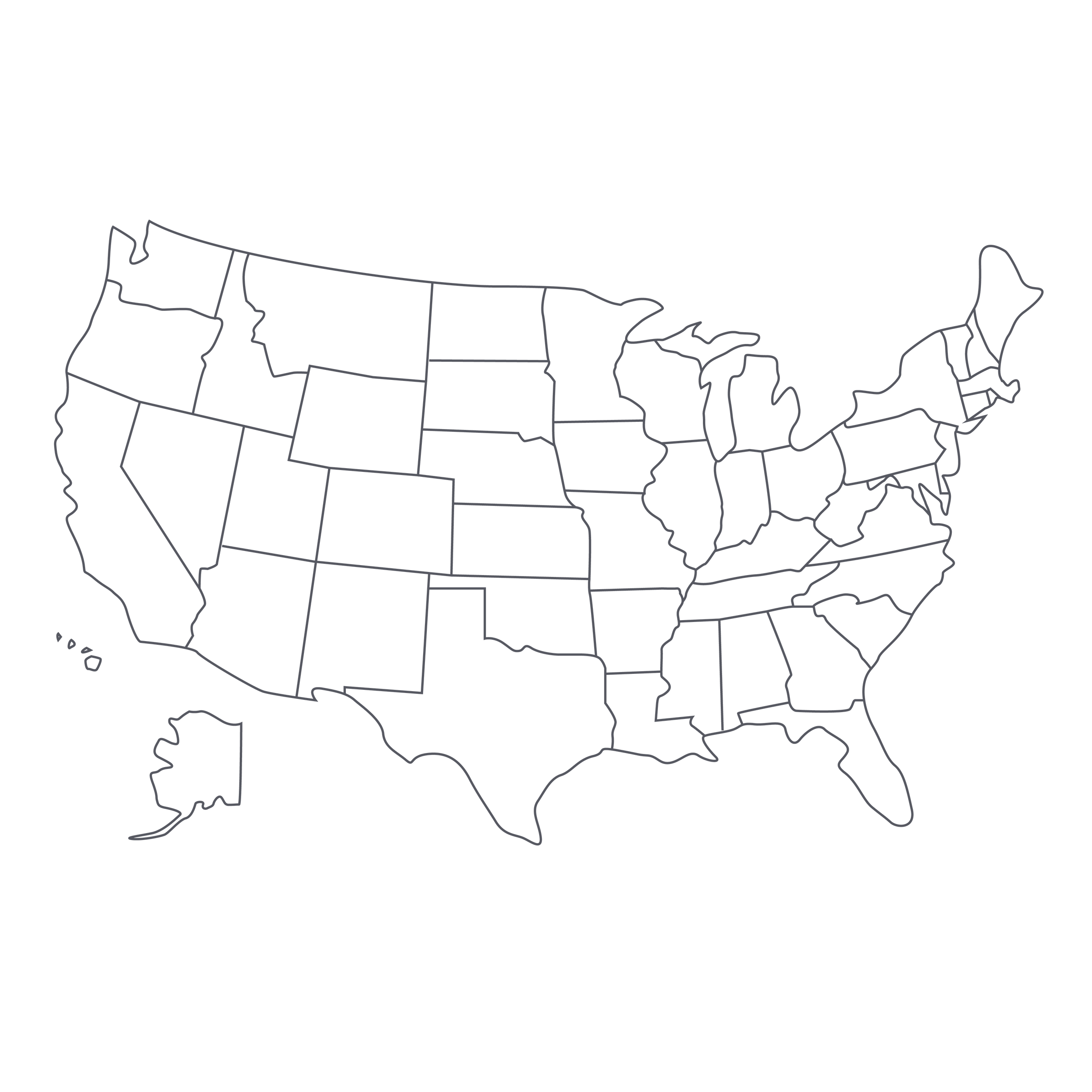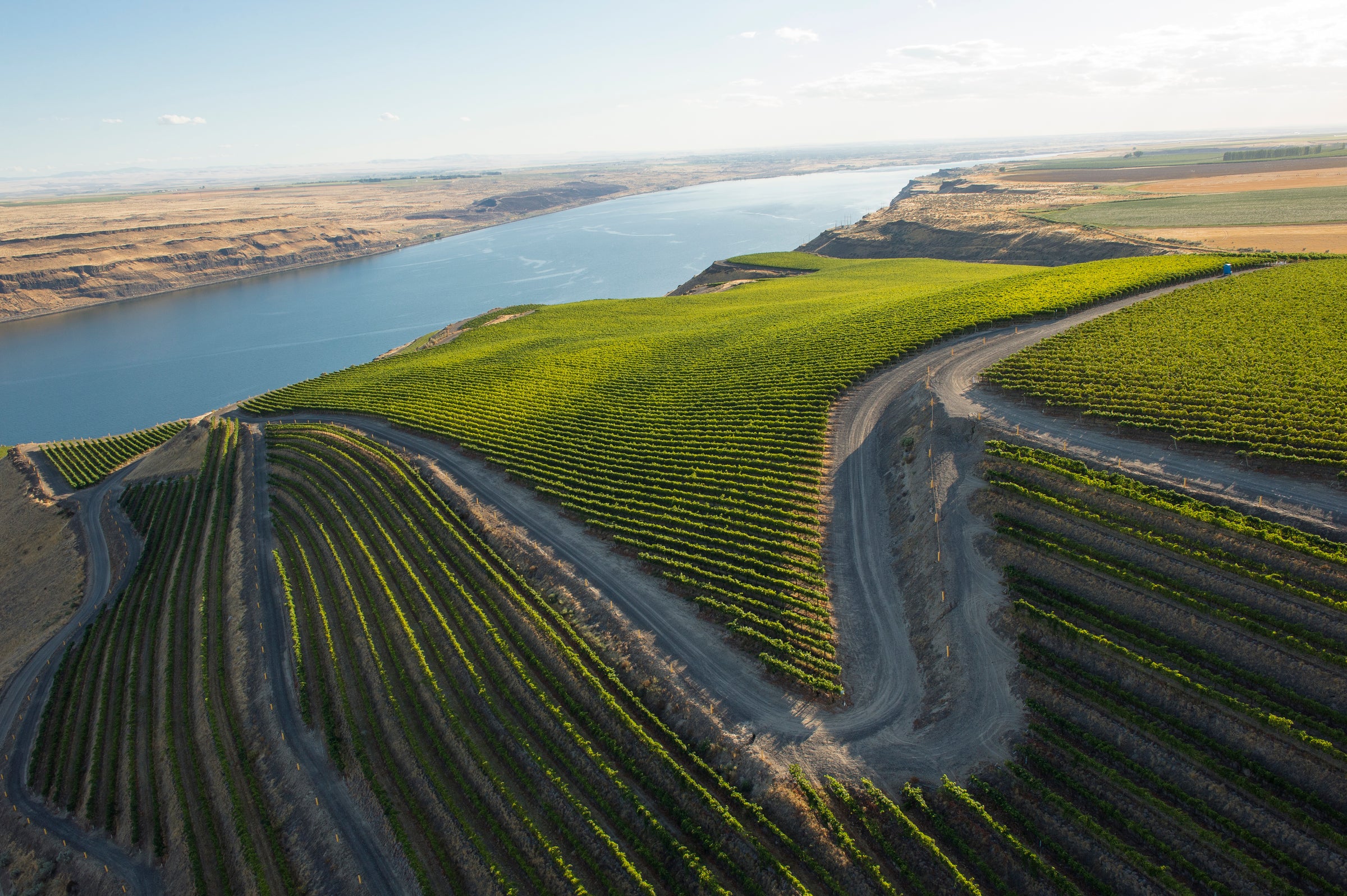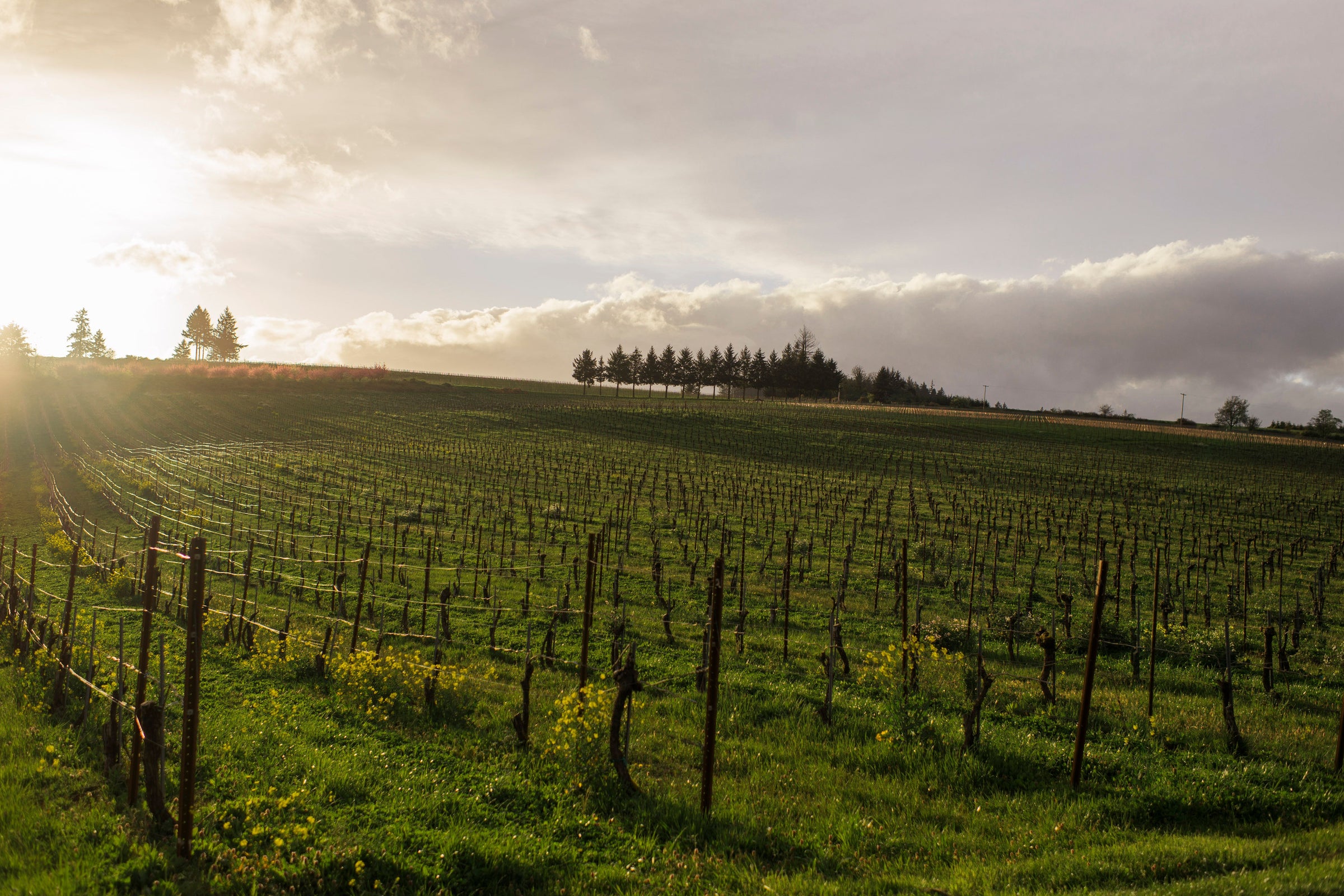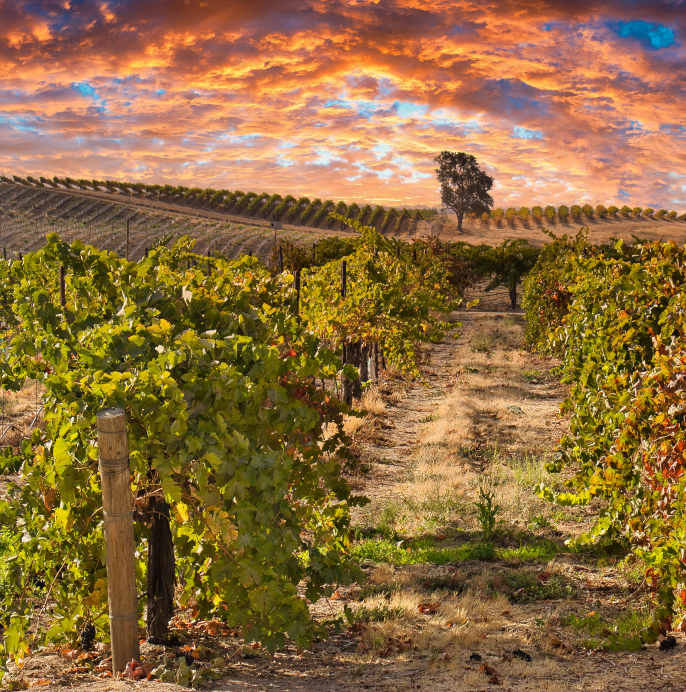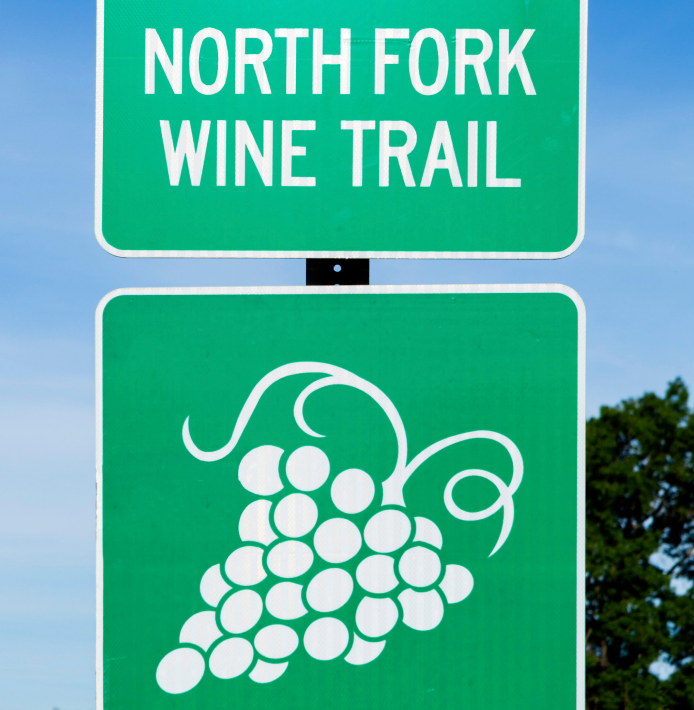Winemaking can be romantic and it can be heartbreaking, as Master Sommelier Chris Miller learned firsthand in creating today’s delicious rosé sparkler. He named it “Volage,” meaning “fickle,” not just because it’s an apt description for making wine in the
pétillant-naturel style but because he made the wine for a girlfriend who was no longer around when the wine was bottled.
Romantic start, heartbreaking finish, but there is a happy ending here—the wine is probably the best
pétillant-naturel I’ve ever tried from California. As the winemaker at Seabold Cellars in Monterey, California, Chris spends most of his time crafting Burgundy-inspired Chardonnay and Pinot Noir from cool-climate Monterey fruit, but he created the Adroît label as a home for “experimental” projects. Today’s rosé, from the 2017 vintage, is the first experiment that worked, even if the relationship that inspired it didn’t; it surely qualifies as a passion project, but just as noteworthy is its authentic
méthode ancestrale character. Crafted from a kitchen-sink blend of white and red varieties and allowed to finish fermenting in bottle to create its delicate, natural effervescence, this wine—whatever the circumstances of its creation—is pure joy to drink. Whether as an exotically aromatic apéritif or a partner for food, it’s a faithful take on classic French
pétillant. This more affordable, slightly rustic style of sparkling wine is all the rage right now, and for good reason—it just makes you feel good!
What Chris emphasizes most about “Volage” is that it wasn’t just made, but rather was “allowed to be.” If that sounds a little precious, well, Chris would agree with you—but there was a bit of ‘self-determination’ on the part of this wine. As Chris described it to us, he had sourced some early-harvest Pinot Blanc from a vineyard whose grapes are also used by others for sparkling wine. He originally envisioned “…a high-acid ‘porch pounder’ with some lees contact, essentially an interesting twist on Muscadet.” But when fermentation kicked in and the resulting wine started to take shape, Chris opted for a pétillant-naturel (“Pet-Nat” if you’re cool) sparkler instead. He added some Chardonnay for structure and some Marsanne for floral aromatics. He ordered Champagne bottles and a bottle-capper, but they were slow to arrive, necessitating the occasional addition of fresh must to keep the fermentation percolating.
Méthode ancestrale sparkling wine, also called pétillant-naturel, is the original, or ancestral, style of sparkling wine that preceded Champagne. “Champagne-method,” or méthode Champenoise, sparklers start with a “finished” wine and then add a measured amount of sugar and yeast to ignite a second fermentation in the bottle. Pétillant involves a little more guesswork, a throwback to the days of pre-technological winemaking: Wine that is still fermenting is capped off and allowed to finish fermenting in the bottle, which creates the light carbonation. It’s not a ‘secondary’ fermentation; it’s the last throes of the first. Spent yeast cells are typically visible in the finished bottle, lending a slight cloudiness to the wine’s appearance.
Originally, Chris bottled “Volage” at about 70% Pinot Blanc, 20% Chardonnay, and 10% Marsanne, but soon after, a problem arose: His capper didn’t get the job done and his bottles were exploding at a much-more-than-typical rate. In a slight panic, he buckled down and hand-disgorged some 300 cases’ worth of bottles, adding some Grenache must that had just arrived in the winery as “fuel to keep the fermentation going.” He eventually added Pinot Noir, too, for texture and flavor. The wine ultimately went through six months of continuous fermentation before finally stopping. “I wanted it to be true méthode ancestrale,” Chris says now.
Tasting the final incarnation of the 2017 “Volage” is a heady experience: While a light salmon-pink in the glass, its aromas hint at just about every color imaginable, with lots of white flower and herbal tea notes layered over saturated fruit sensations of yellow peach, mango, and grapefruit. Creamy, biscuit-y notes from its contact with its lees mingle with hints of warm spice and more flowers on the medium-bodied palate; it finishes bone-dry and refreshing, its mouth-watering freshness making you crave another sip almost instantly. It is designed to drink now and over the next year or two, so pop the cap and pour into all-purpose white wine stems at 45-50 degrees. My move would be to serve it as a conversation-piece apéritif with some melon wrapped in prosciutto or maybe smoked salmon
gougères. Here’s to new beginnings!
